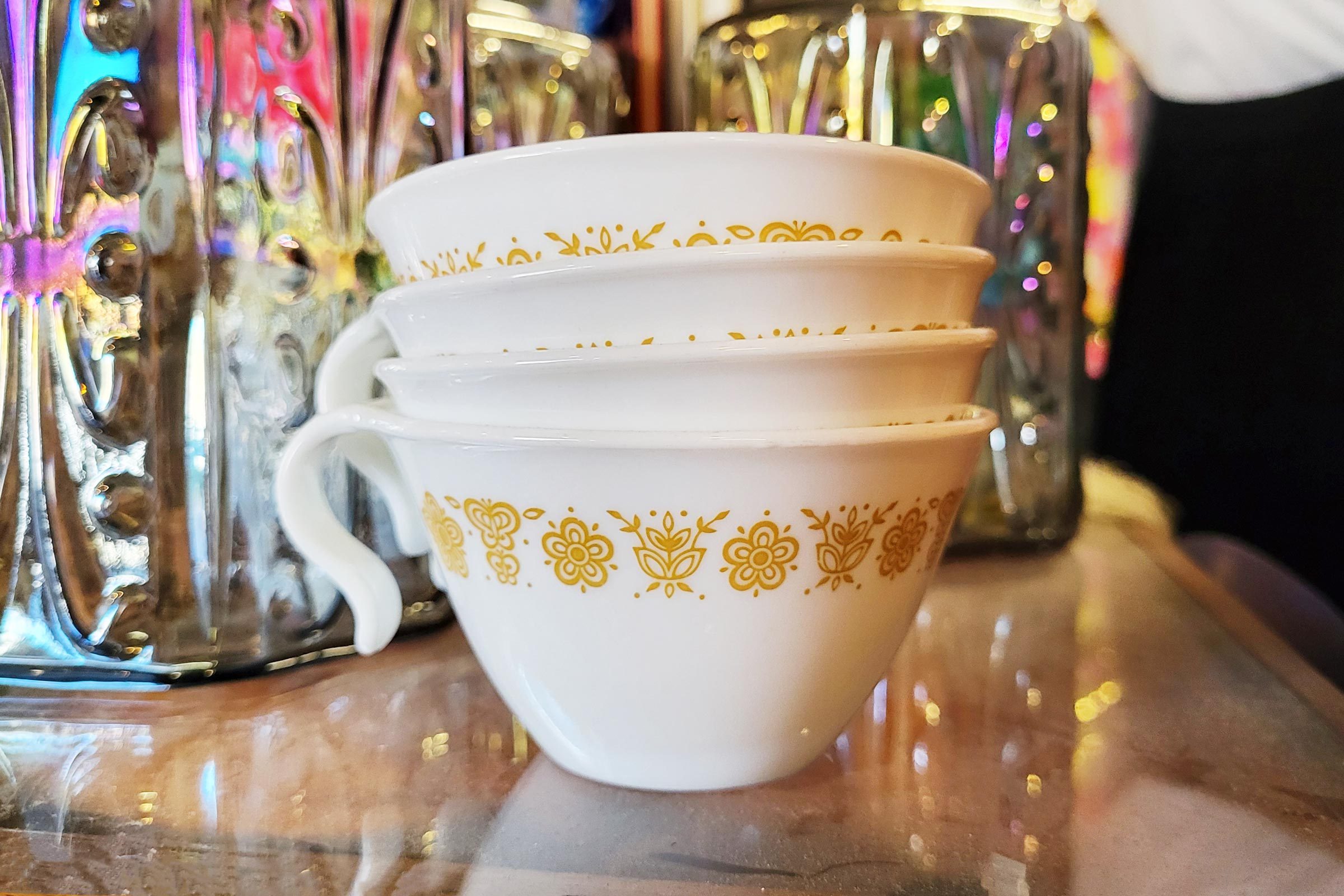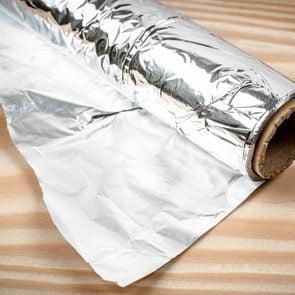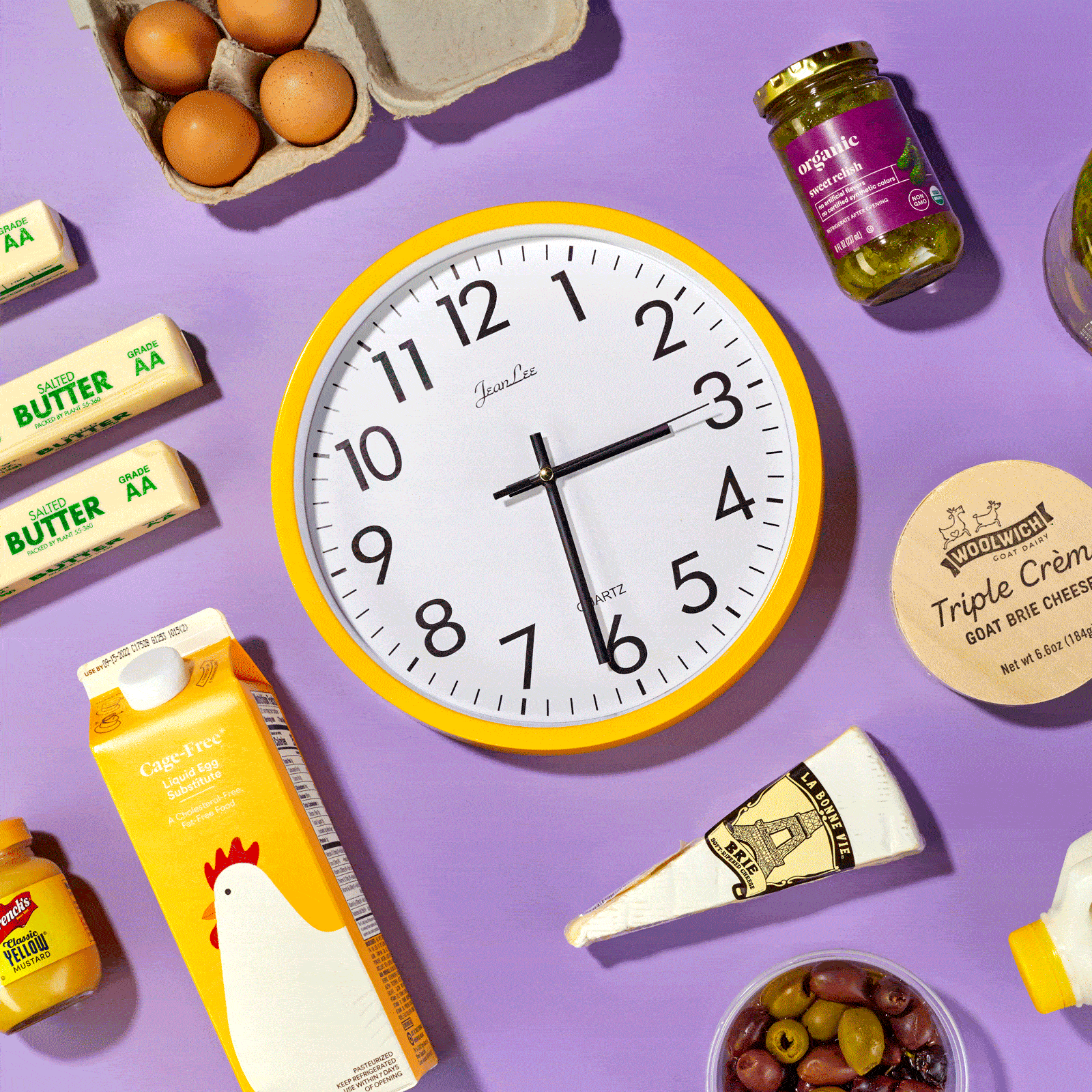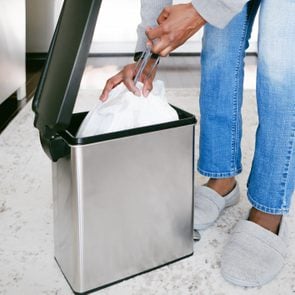If you have a set of Corelle dishes from before 2005, then this is a must-read

It’s Time to Stop Using Your Vintage Corelle Dinnerware—Here’s Why

Nearly all of us have a set of Corelle dinnerware in the cupboard. It may have been purchased after a ’70s kitchen update or kept on hand since the kids were born in the ’80s. (It is unbreakable, after all.) Because of that decades-long connection, it feels like a member of the family.
But that lengthy life span might also work against some of these pieces. Here’s why you should use caution when eating off of older Corelle dishes—and how you can tell whether your dinnerware is safe.
Get Reader’s Digest’s Read Up newsletter for more dining, humor, travel, tech and fun facts all week long.
It’s a problem with the paint
To understand why you might want to keep retro Corelle in the cabinet, you have to understand the manufacturing process (and how it’s changed over the past several decades). Before the FDA placed regulations on how much lead could be used in tableware, plenty of companies used paints that contained lead on their products. Those regulations came into effect only around 40 years ago, meaning that if you have a set of dishes made before 1980, there could be lead in the paint. If the paint leaches—chipping, flaking off or mixing in with the food—you might consume lead along with your meal.
We don’t have to tell you this, but lead can lead to some nasty side effects. It can be especially harmful to children, and there’s really no safe level of the stuff you can put in your body either. So while dish-related lead poisoning isn’t as serious as exposure to lead from house paints or water, those gorgeous designs on your Corelle could make you sick.
In an email posted on Lead Safe Mama, Corelle itself recommended any dishes made prior to 2005 be used for decoration only.
Do I need to throw away my Corelle dishes?
Not necessarily. Corelle products purchased after 2005 are safe and comply with FDA regulations. But if you have any older dishes, it’s a little trickier. You’ll want to avoid eating off of older Corelle dinnerware if it shows obvious signs of deterioration—for example, if the glaze is worn or the paint is melting or chipping.
To make sure you’re not consuming lead, avoid eating hot foods on the dishes or drinking hot beverages from old cups, and don’t put them in the microwave or store food in them for long periods of time.
What else can I do?
How can you be absolutely sure that your Corelle is safe to serve dinner on? Lead Safe Mama tested a few Corelle pieces. If none of those patterns look like yours and you’re not sure when your set was made, use a lead test kit. Amazon offers several options, although it should be noted that test kits are more useful for detecting high levels of lead, rather than trace amounts.
In the end, if you’re concerned, it’s probably best to put the dishes in a display cabinet and replace them with newer, safer designs.






















